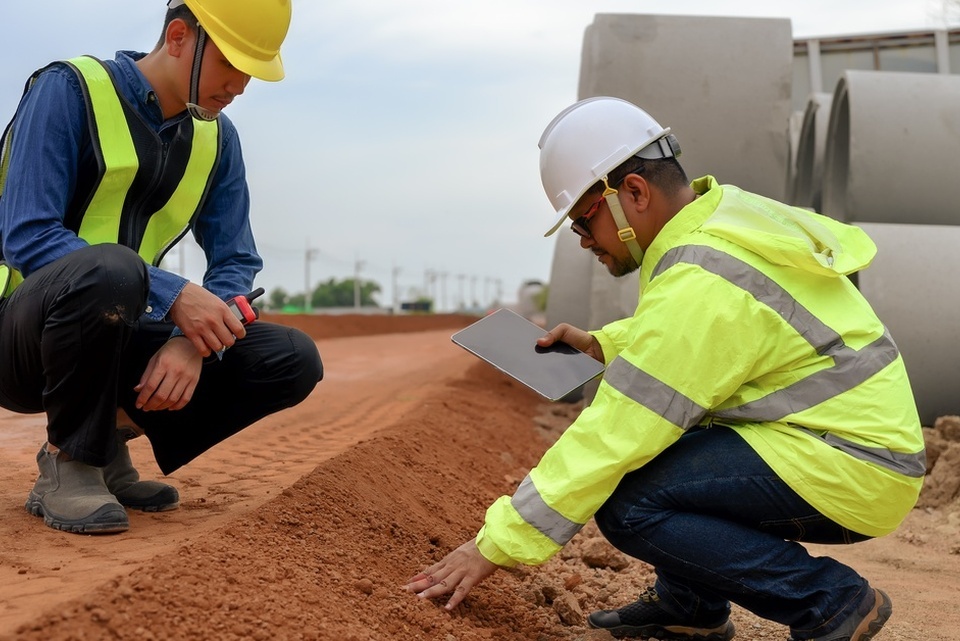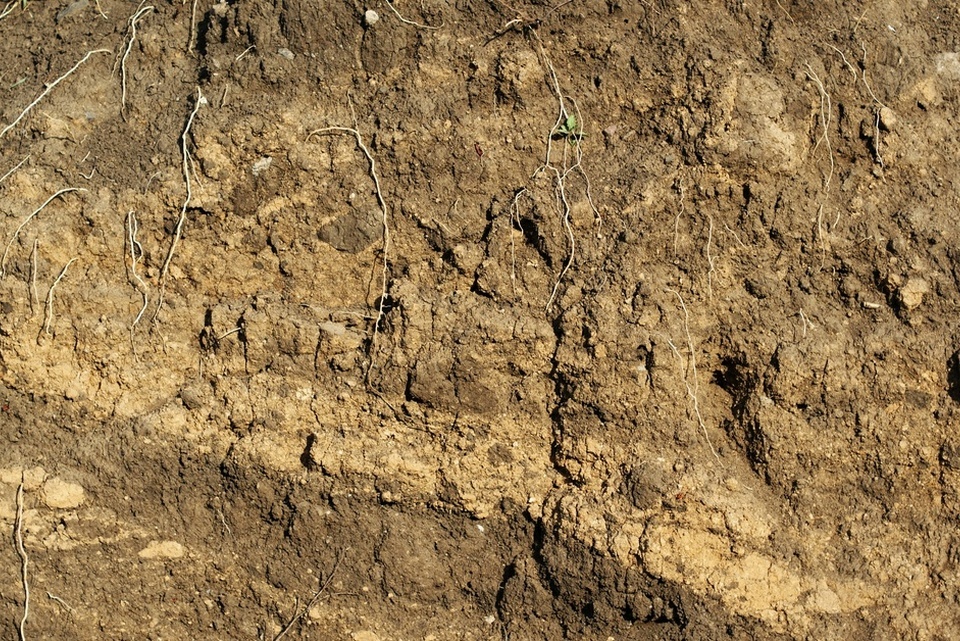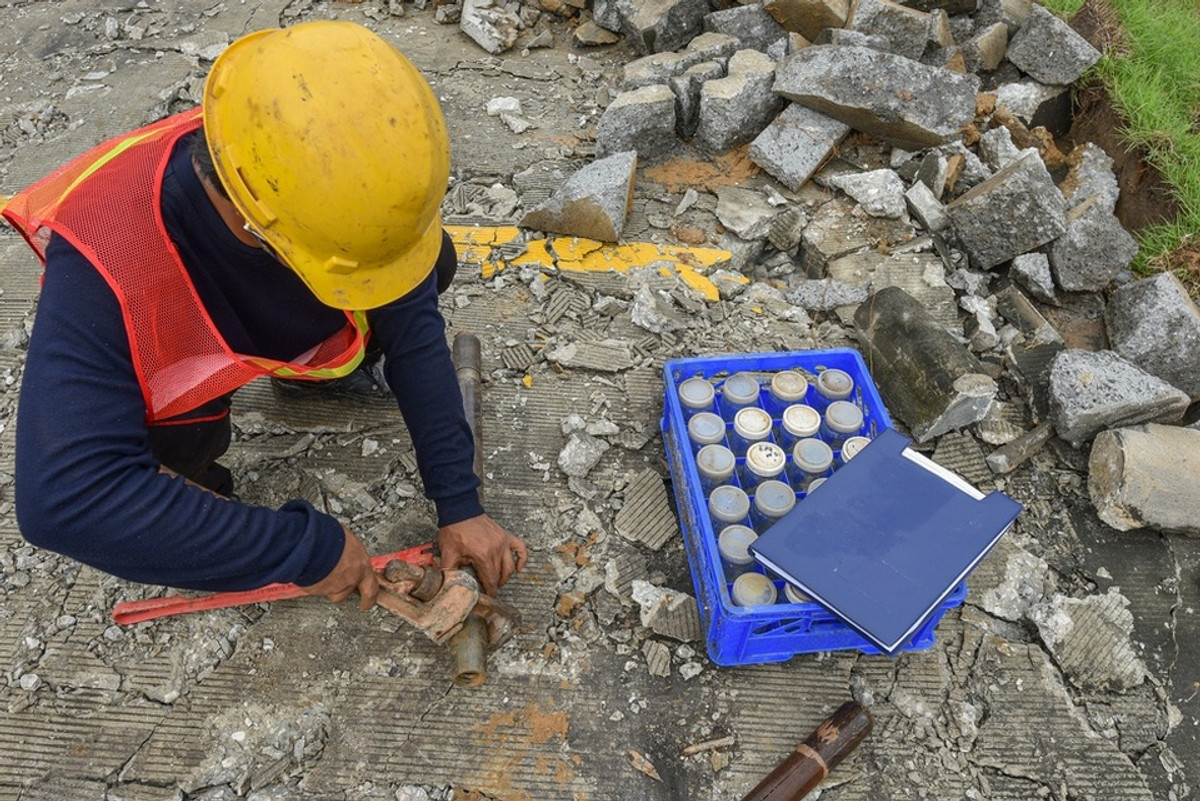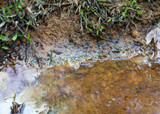6 Most Common Geotechnical Engineering Tests
Every successful construction project starts with a solid foundation. Before any concrete is poured or plans are finalized, the condition of the ground must be properly evaluated. Geotechnical engineering is the discipline focused on understanding the behavior and properties of soil, rock, and groundwater beneath a project site. Though it may not attract much attention, geotechnical testing is essential for ensuring what’s built above ground doesn’t fail due to what lies beneath.
Let’s take a closer look at the six most common geotechnical engineering tests and explore how each one contributes to the safety, longevity, and success of a construction project.
1. Test Pits
Test pits offer an up-close, immediate perspective on subsurface conditions. These shallow excavations—typically dug by hand or with light machinery—allow engineers to directly observe the soil’s composition, structure, and layering without requiring lab equipment or instrumentation.
This method is particularly common for small-scale projects, such as residential construction, home additions, or light commercial developments. Engineers can quickly identify problematic conditions, like soft organic layers, construction debris, or unstable fill material, that could compromise the structural performance of a foundation. Test pits also allow engineers to identify high water tables near the surface, which could present drainage challenges or affect how deep a foundation must be placed.
Because test pits are cost-effective, relatively easy to execute, and yield immediate results, they are the preferred method for projects that require shallow foundations or minimal site disturbance. They offer an ideal starting point for early-stage site assessments.
2. Trenching
Trenching provides a broader, more continuous view of the ground conditions across a site. While test pits focus on one small location, trenches are elongated excavations that extend laterally, offering a cross-sectional profile of the soil’s variability over a wider area.
This method is especially beneficial on linear or elongated projects, such as roads, utility lines, or water mains, where soil properties can change significantly from one section to the next. A single test pit might miss important transitions, but trenching allows for a more comprehensive evaluation of these shifts.
Trenching can also reveal subsurface surprises—buried building remnants, undocumented utilities, or abrupt changes in soil type—that may not appear in site documentation. Identifying these issues before construction begins can prevent costly delays or structural setbacks.
Engineers use trenching to not only analyze soil changes but also guide decisions about grading, excavation support, and backfill materials. This method enhances predictability and planning accuracy throughout the construction phase.

3. Borehole Drilling
For projects requiring deep foundations or for sites with uncertain subsurface conditions, borehole drilling becomes essential. Using specialized drilling rigs, geotechnical professionals retrieve cylindrical samples—or soil cores—from varying depths. These core samples allow engineers to construct a detailed vertical profile of the subsurface conditions.
Boreholes provide valuable information about soil type, density, moisture content, and the presence of rock or other materials that could affect foundation design. Additionally, boreholes enable the installation of monitoring equipment, like piezometers or observation wells, which track groundwater fluctuations over time.
This method is indispensable for large-scale infrastructure projects, such as high-rise buildings, bridges, industrial plants, or transportation hubs. The data gathered from borehole drilling helps engineers assess the bearing capacity of the soil, determine potential settlement issues, and evaluate how deep foundations must go to reach stable ground.
Modern drilling rigs allow for quick, precise sampling with minimal site disruption. In environmentally sensitive areas or densely developed urban zones, a low impact is a critical advantage. Reliable drilling data leads to smarter engineering decisions and improved structural performance.
4. Standard Penetration Test (SPT)
Often conducted in conjunction with borehole drilling, the standard penetration test is a fundamental tool for assessing soil strength and density. During this test, technicians drive a split-spoon sampler into the ground at specific intervals and count the number of hammer blows required to reach a set depth. This number, called the “N-value,” gives engineers an indication of how well the soil will support loads.
Though it lacks the complexity of lab-based analyses, the SPT is popular because of its simplicity, reliability, and low cost. This industry-standard test provides valuable data on soil compaction, bearing capacity, and potential settlement risk—factors that directly affect foundation design and construction techniques.
SPT results help engineers make fast, informed decisions on-site. While it doesn’t replace more detailed geotechnical analyses, it provides enough insight to move forward confidently, especially during early phases of a project or when time is limited.
5. Cone Penetration Testing (CPT)
For projects that demand highly detailed subsurface information delivered quickly, cone penetration testing is a preferred option. In this method, a cone-shaped probe is hydraulically pushed into the ground at a constant rate. As it advances, onboard sensors measure tip resistance, sleeve friction, and pore water pressure, yielding a continuous, real-time soil profile.
Unlike other methods, CPT doesn’t involve extracting soil samples. This makes it a faster, cleaner, and less disruptive alternative, especially in urban or environmentally sensitive areas. Despite the lack of physical samples, CPT data is rich with insights about soil layering, stratigraphy, and drainage characteristics.
This test is particularly beneficial for large-scale or complex projects, such as levees, highways, industrial facilities, or waterfront developments. Engineers can quickly identify weak layers, unexpected transitions, or zones prone to saturation before excavation begins.
Because data is collected continuously as the probe advances, CPT offers unparalleled resolution compared to many other in situ tests. To validate findings and confirm soil classifications, CPT is typically supplemented by a few SPT boreholes. Together, they provide a comprehensive picture of subsurface conditions, making CPT a highly efficient way to reduce risk, improve planning, and optimize design.

6. Triaxial Shear Test
Among the more advanced geotechnical lab tests, the Triaxial Shear Test provides detailed information on how soil behaves under simulated load conditions. It’s particularly valuable when evaluating how soil will respond to both vertical loads and lateral forces, such as those exerted by structures, slopes, or retaining walls.
In this test, a cylindrical soil sample is placed in a sealed chamber and subjected to controlled axial pressure while being confined by fluid. This setup mimics the in situ stress conditions that the soil would experience once a structure is built above or adjacent to it.
The Triaxial Shear Test allows engineers to measure strength parameters, pore water pressure response, and consolidation behavior under varying load conditions. It’s especially important in earthquake-prone areas, where understanding how soil reacts under stress is critical to safety.
Because of its precision and ability to simulate real-world scenarios, the Triaxial Shear Test is often used in designs involving slopes, embankments, underground structures, and complex foundation systems. It ensures that engineers are accounting for all potential stress conditions the soil may encounter.
Mastering Geotechnical Testing
From quick field assessments to advanced laboratory analyses, the six most common geotechnical engineering tests provide engineers with essential data about subsurface conditions. These methods help them identify potential risks, ensure structural stability, and make smarter, more informed design decisions. Whether excavating a test pit for a residential build or performing a triaxial test for a major infrastructure project, each test plays a role in laying the groundwork for success.
To carry out these investigations, reliable sampling and testing tools are crucial. From handheld penetrometers and soil augers to portable drilling rigs, we provide the equipment that helps geotechnical professionals collect accurate data, minimize site disruption, and streamline field operations. With the right equipment, you can tackle any project with confidence, starting from the ground up.
Recent Posts
-
10 Reasons Testing Groundwater Is Important
Groundwater is one of the most valuable resources we have. It provides drinking water for millions a …November 20, 2025 -
Why You Should Regularly Check Termite Bait Stations
In industries such as agricultural or groundwater management, unseen threats can quietly undermine y …November 12, 2025 -
How the Mining Industry Uses Sediment Sampling Data
In mining, the decisions made before the first shovel hits the ground can determine the success or f …September 26, 2025




